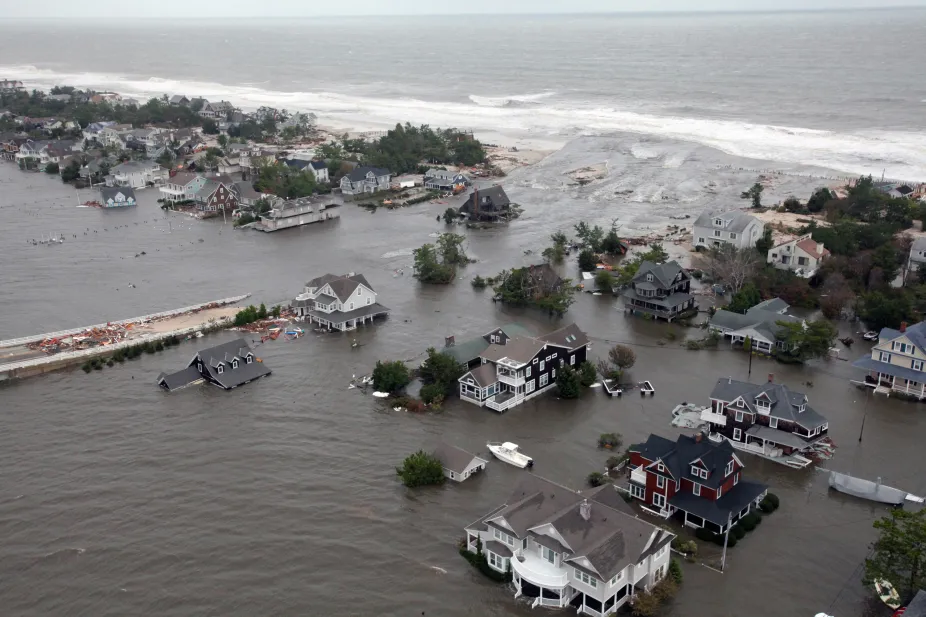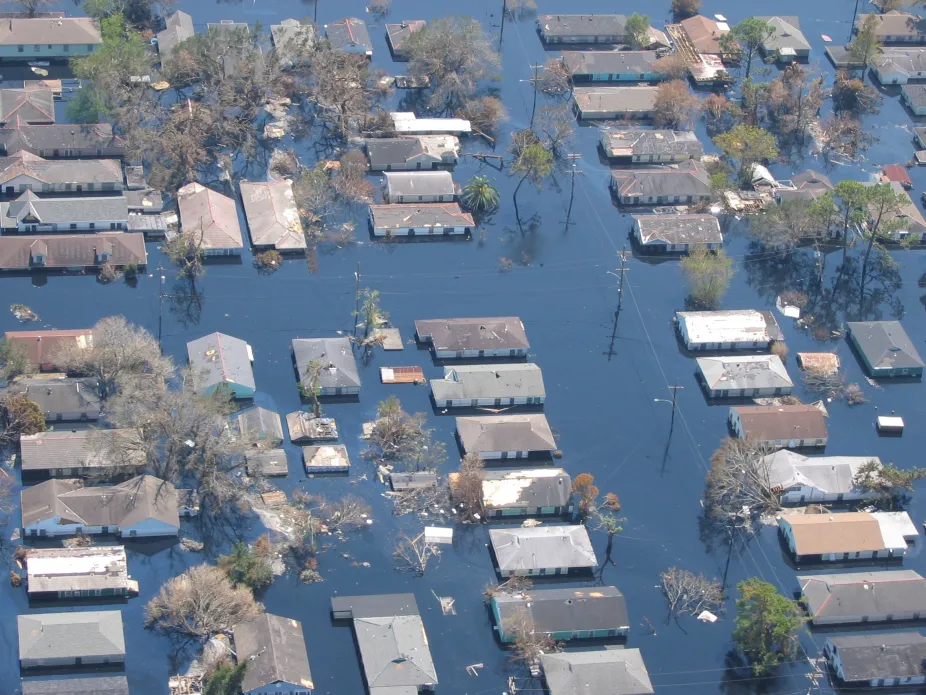Hurricane Hazards
Each hurricane is unique, so each hurricane can cause different dangers. One hurricane might cause lots of rain. Another might have very high winds. Watch the video about how no two hurricanes are alike, and then read on to learn about the hazards when a hurricane gets to a coast.
This video is a part of Animated Atmosphere, a suite of short videos produced by the UCAR Center for Science Education with FableVision Studios.
Hurricanes get their start over the ocean, but as they move, they often reach a coast. This is called landfall. When a hurricane makes landfall, it can cause serious hazards like heavy rain, high winds, and storm surge.
Rain
Once hurricanes are over land, they often slow down, which means that a lot of rain falls in one place. Heavy rain can cause flooding. As the climate warms, hurricanes are able to carry more moisture and cause more rain.
Wind
All hurricanes have high winds. Even weak hurricanes have wind speeds of at least 74 mph (119 kph). That wind can damage roofs and snap the branches off trees. Major hurricanes have wind speeds of more than 157 mph (253 kph), which is enough to destroy wooden houses, trees, and power poles.
Storm Surge
The high winds of a hurricane can push seawater toward land, flooding the coast. When high tide happens at the same time, the combination is called a storm tide. During a storm tide, floodwater may reach the second story of houses. Storm tide is especially dangerous for islands or coasts where land is flat, and even a few feet of surge may cause large floods.

Do you see the water filling the area between houses? This is a flood caused by storm surge, which is when seawater is pushed towards a coast by a storm. Storm surge doesn't last for long. The floodwater usually flows back into the ocean once the storm has passed through.
US Air Force/Master Sgt. Mark C. Olsen
Avoid the Hurricane Hazards!
People who live near the coast will have a few days warning as a hurricane approaches. That's enough time to prepare! Do you know what to do if a hurricane is heading toward your town or city?
Visit Hurricane Safety at Ready.gov to learn more.

This neighborhood is filled with floodwater. The heavy rain and storm surge caused by a hurricane cause flooding like this.
NOAA/Lt. Comm. Mark Moran